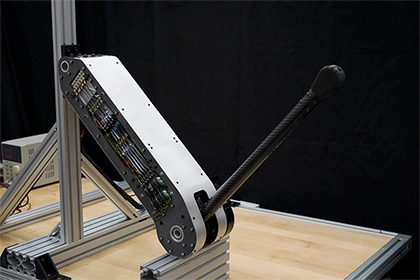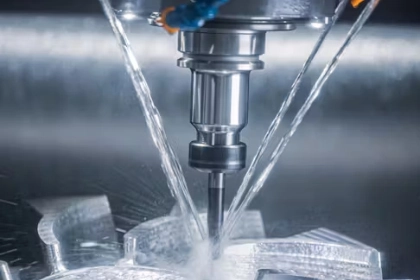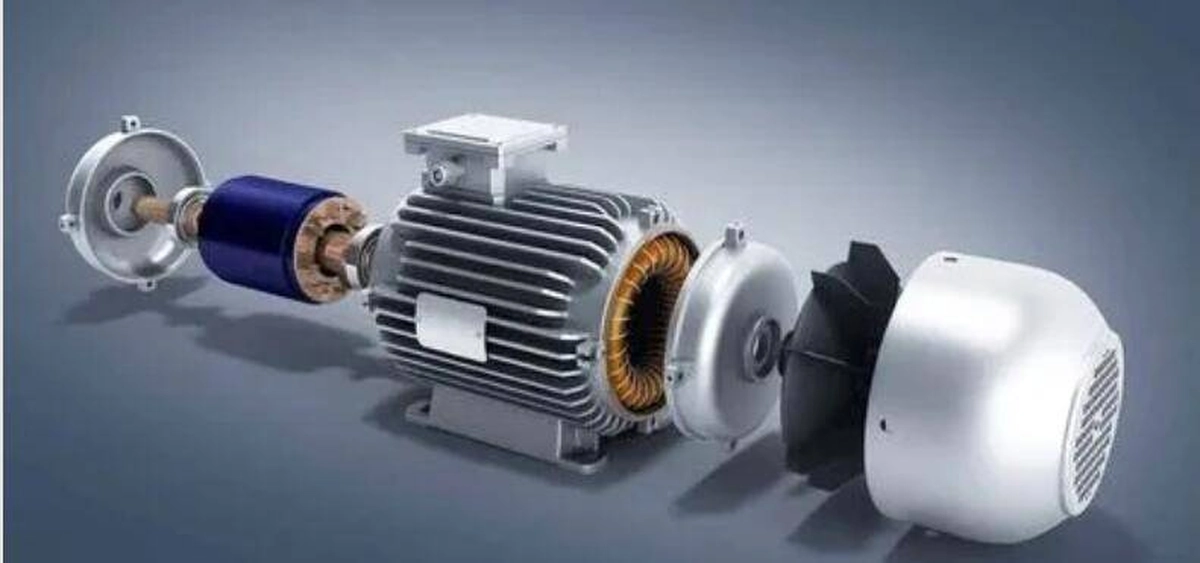- +86 19149417743
- Zhengzhou, Henan Province, China
- Mon-fri: 8am - 7pm
Get a quote

AC (Alternating Current) motors are widely used to convert electrical energy into mechanical energy. One of the intriguing aspects of AC motors is the rotation of the magnet within the motor. In this article, we will explore the underlying principles that cause the magnet to rotate in an AC motor. By understanding the concepts of electromagnetism and the interaction between magnetic fields, we can gain insights into the fascinating mechanism behind the rotation of the magnet in an AC motor.
Understanding the operation of an AC motor requires knowledge of magnetic fields, electric current, and the direct interplay between these forces. One frequently asked question is, "Why does the magnet rotate in an AC motor?" This article explores the principles involved in the rotation of the magnet in an AC motor.
Before discussing the rotation of the magnet, it is essential to comprehend the basic electromagnetic principle. It's the fundamental physics theory stating that a current-carrying conductor placed within a magnetic field experiences a force. The force's direction is mutually perpendicular to the current as well as the magnetic field.
Alternating current (AC) motors rely on the principle of electromagnetic induction. Essentially, AC motors consist of two basic parts: the stator and the rotor. The stator generates an electromagnetic field, and the rotor, containing magnetized material or electrical windings, interacts with this field.
The stator of an AC motor is the non-moving part that carries windings connected to the AC supply. When AC flows through these windings, it creates a rotating magnetic field. This rotation is a result of the current's alternating nature, which changes direction periodically.
The rotor, the pivoting part of the AC motor, contains a magnet. This can be a permanent magnet or an electromagnet formed by additional windings. It is within the rotor that the magic of electromagnetic induction occurs.
As the stator's rotating magnetic field cuts across the rotor, it induces a current due to Faraday’s law of electromagnetic induction. According to Lenz’s law, this induced current produces a magnetic field of its own in the rotor that opposes the change causing it. The result of these combined forces is that the rotor attempts to align with the magnetic field of the stator—thus causing motion, i.e., the rotor's magnetic field tries to catch up with the rotating magnetic field of the stator.
One fundamental principle involved in AC motor operation is electromagnetic induction. When an electric conductor, such as a wire, cuts through magnetic field lines or experiences a change in the magnetic field, an electric current is induced in the conductor. This phenomenon is known as electromagnetic induction.
In an AC motor, the stator windings are energized with alternating current. As the current changes direction, it produces a magnetic field that surrounds the stator windings. This magnetic field is referred to as the stator field.
The alternating current in the stator windings generates a magnetic field that alternates in direction. Due to the changing direction of the current, the magnetic field produced by the stator windings also changes direction. As a result, a rotating magnetic field is created within the motor. The rotating magnetic field interacts with the rotor, which typically consists of conductive bars or coils. The rotor is either placed inside the stator or surrounded by the stator field. The interaction between the rotating magnetic field and the rotor induces a current in the rotor conductors.
According to the Lorentz force principle, when a current-carrying conductor is placed in a magnetic field, it experiences a force perpendicular to both the current direction and the magnetic field lines. This force is responsible for the rotation of the magnet in an AC motor.
The induced currentin the rotor conductors interacts with the magnetic field produced by the stator. As a result, a force is exerted on the rotor conductors, causing them to move. This force acts in a direction that aligns the rotor with the rotating magnetic field.
The rotor turns because the alternating current in the stator generates a continuously varying magnetic field. It's like a dog chasing its tail—the magnetic field is ever-elusive, and the rotor chases the magnetic field around the stator, creating continuous motion. Thus, the engine runs. In essence, the rotation of the magnet in an AC motor is a beautiful symphony of physics laws, alternating current characteristics, and clever engineering.
In conclusion, the rotation of the magnet in an AC motor is a result of the interaction between the rotating magnetic field produced by the stator windings and the conductive rotor. The alternating current in the stator windings creates a rotating magnetic field, which induces a current in the rotor conductors. The interaction between the rotor current and the stator magnetic field produces a force that causes the rotor to rotate.
 2024-08-30 16:01:40
Engineering
2024-08-30 16:01:40
Engineering
 2024-07-26 14:09:13
Engineering
2024-07-26 14:09:13
Engineering
 2024-07-18 09:42:00
Engineering
2024-07-18 09:42:00
Engineering